What Cameras Work With Dripstone Nvr?
Cameras, no matter how much they cost or what brand they are, all piece of work in roughly the aforementioned way. Understanding the simple mechanics of how cameras work volition help you realize merely how similar they are and how yous can go the best possible results out of yours.
But before you lot head out to start taking photos, it's important to sympathize the half dozen essential requirements needed to tape an image.
Understanding these requirements, regardless of whether you're shooting on a DSLR, compact camera or iPhone, will make your photography and then much better. These requirements are:
- Light: Light is an essential part of whatsoever image but there are many unlike types of light. How we employ this light is important.
- Subject: The subject is what nosotros take photos of and refers to how nosotros compose the paradigm.
- Eyes: This refers to the lenses, which are used to focus the light and capture an image.
- Aperture: This controls the corporeality of light getting into the photographic camera and the depth of field of an image (the sharpness range either side of the indicate of focus).
- Time: Time relates to the shutter speed and how long it takes to record an image.
- Medium: This is what nosotros record the captured epitome on to (this used to exist film, only present is unremarkably a CMOS or CCD scrap).

In one case you understand these concepts and how they relate to one another, you can better start to empathise how cameras work.
Beneath we explain in more item these vi primal elements essential to your photography.
Light
An essential part of photography that we use to create our images.
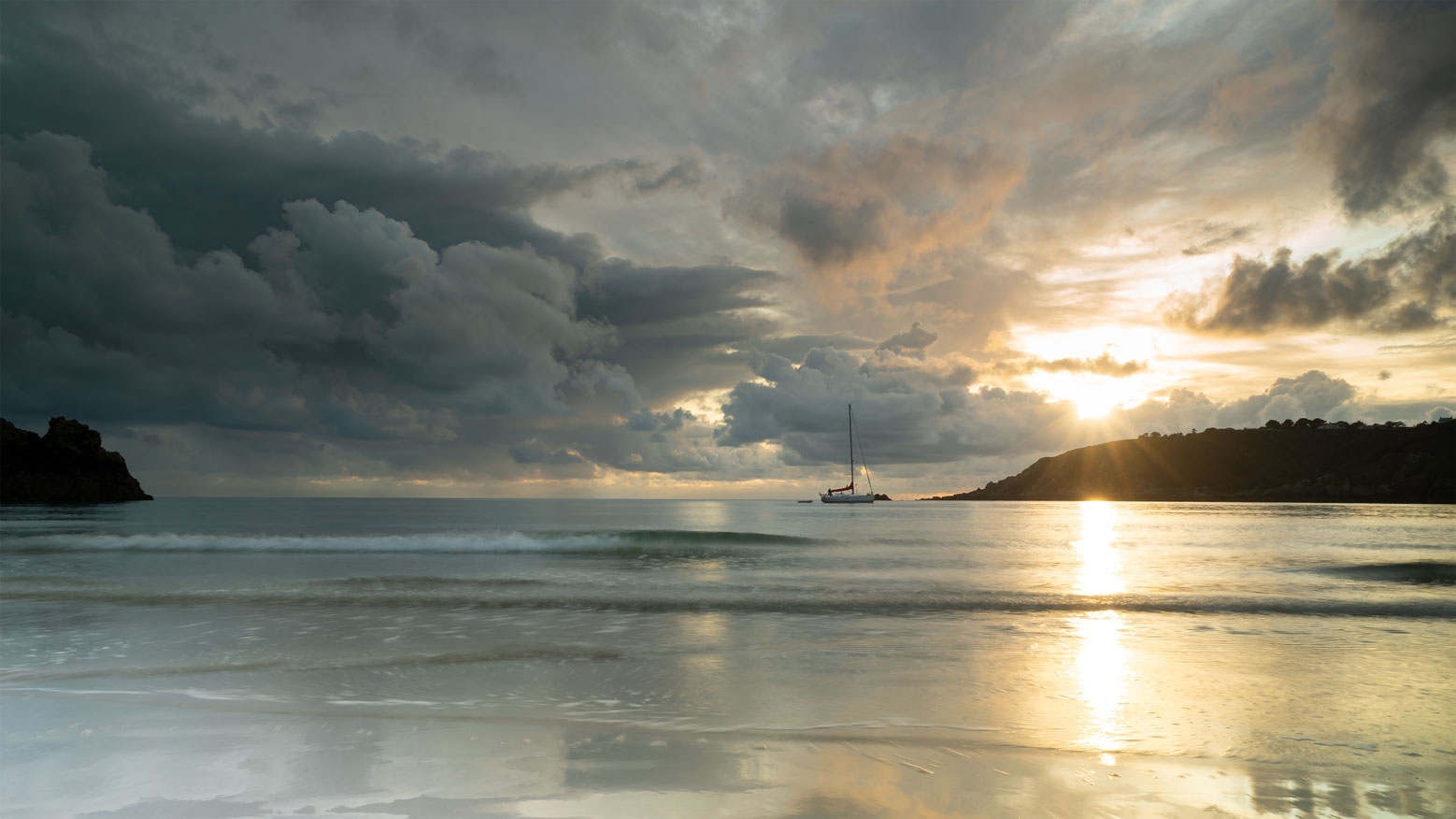
© Karl Taylor
There are two types of calorie-free that nosotros can use to create images: natural light (such as the sun or daylight reflected off of buildings) and artificial light (candlelight, car headlights and fifty-fifty studio lights). Each of these types of low-cal produce either difficult or soft light. This refers to the strength and density of the shadows. Soft light results in soft, very light shadows, whereas hard light results in the opposite — potent, dark shadows. When taking photographs, information technology'due south very of import to remember about and identify the type of light as this can accept a large impact on the final result.
Subject area
What nosotros take photographs of.
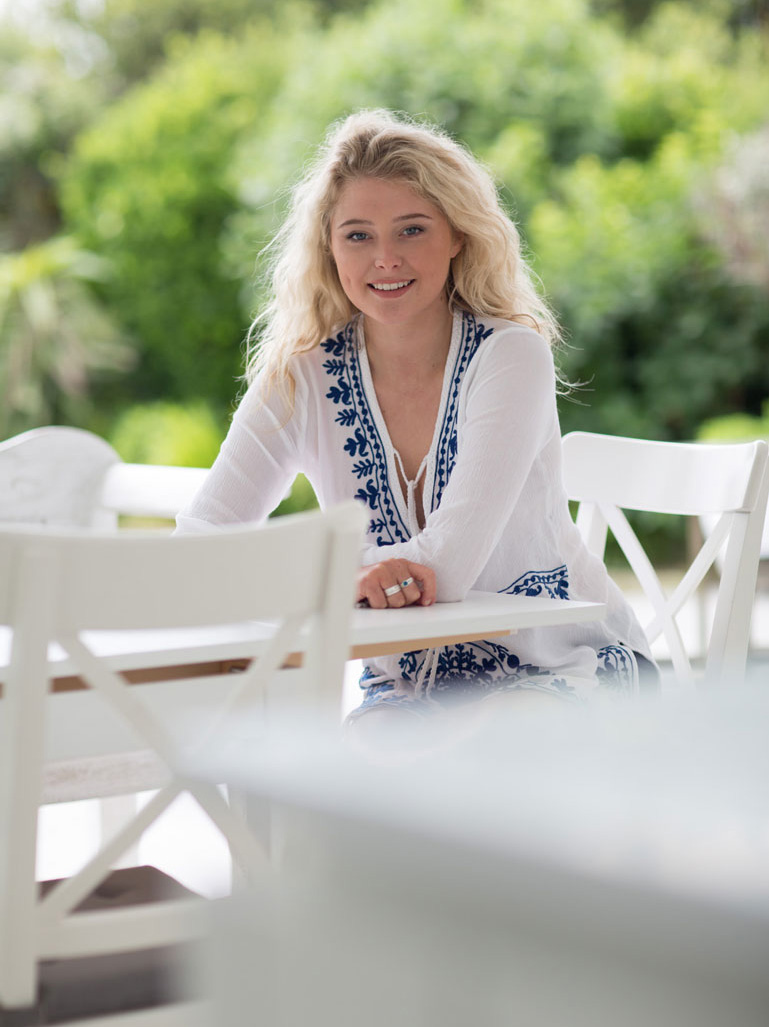
Interested in natural light portraits? Click here.
The subject is the thing that nosotros have the photograph of. This relates closely to composition (nosotros'll look at this subsequently in this form), which is how we adapt, or compose, sure elements within the frame. The subject (or subjects) can be anything — from insects to landscapes, people to products.
Lenses
Used to focus the light and capture an image.
Optics, more often than not referred to every bit lenses, also play a part in how an paradigm is created. They serve to focus the lite onto the recording medium. Lenses control the focal length of an image, the angle of view, magnification and assist describe the image based on their particular characteristics. Lenses come in a variety of different focal lengths, ranging from ultra wide angle to super telephoto, and different lenses can produce very different results depending on the configurations within the lens barrel.
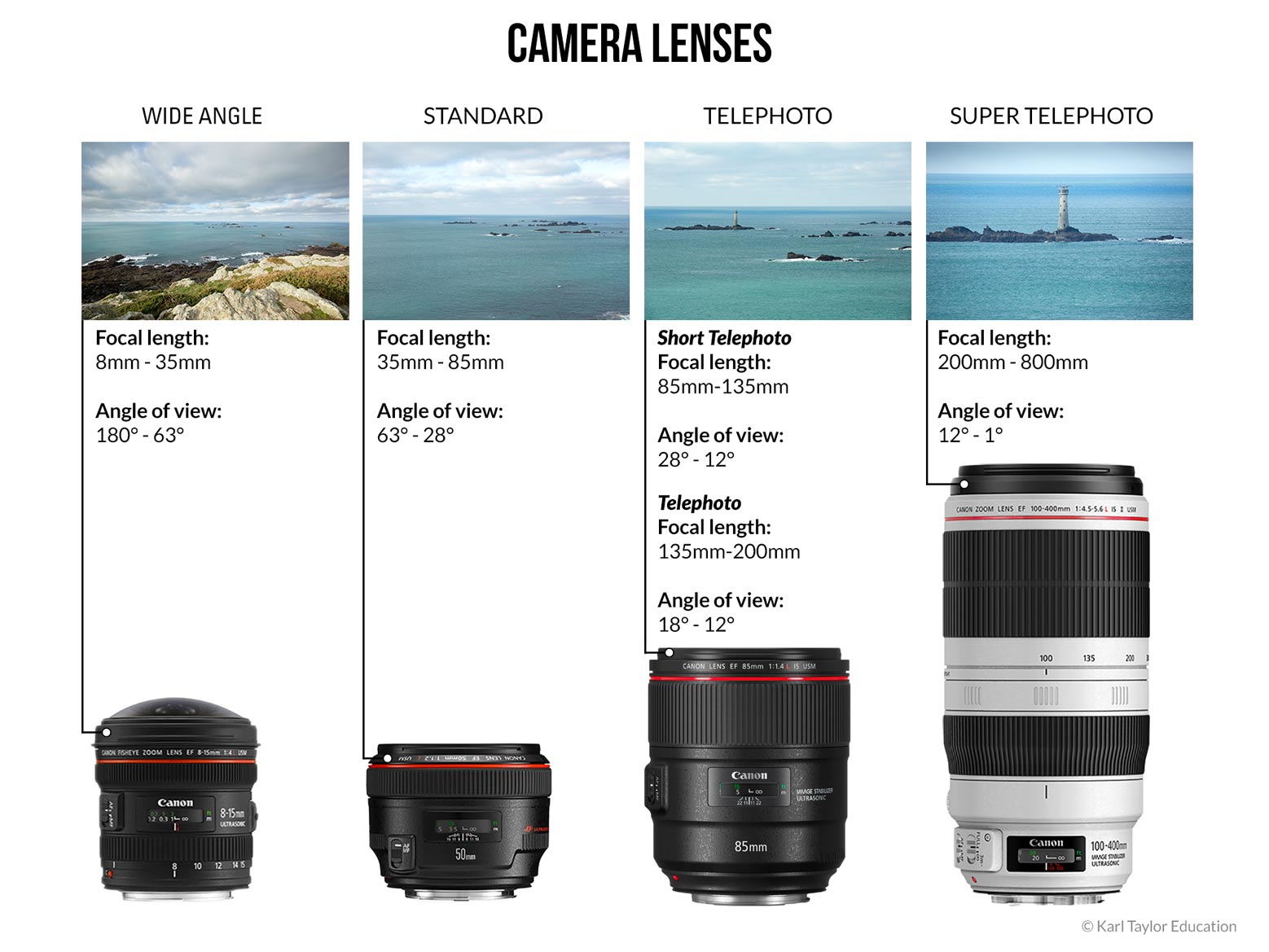
Aperture
Controls the corporeality of calorie-free getting into the photographic camera and the depth of field of an paradigm.
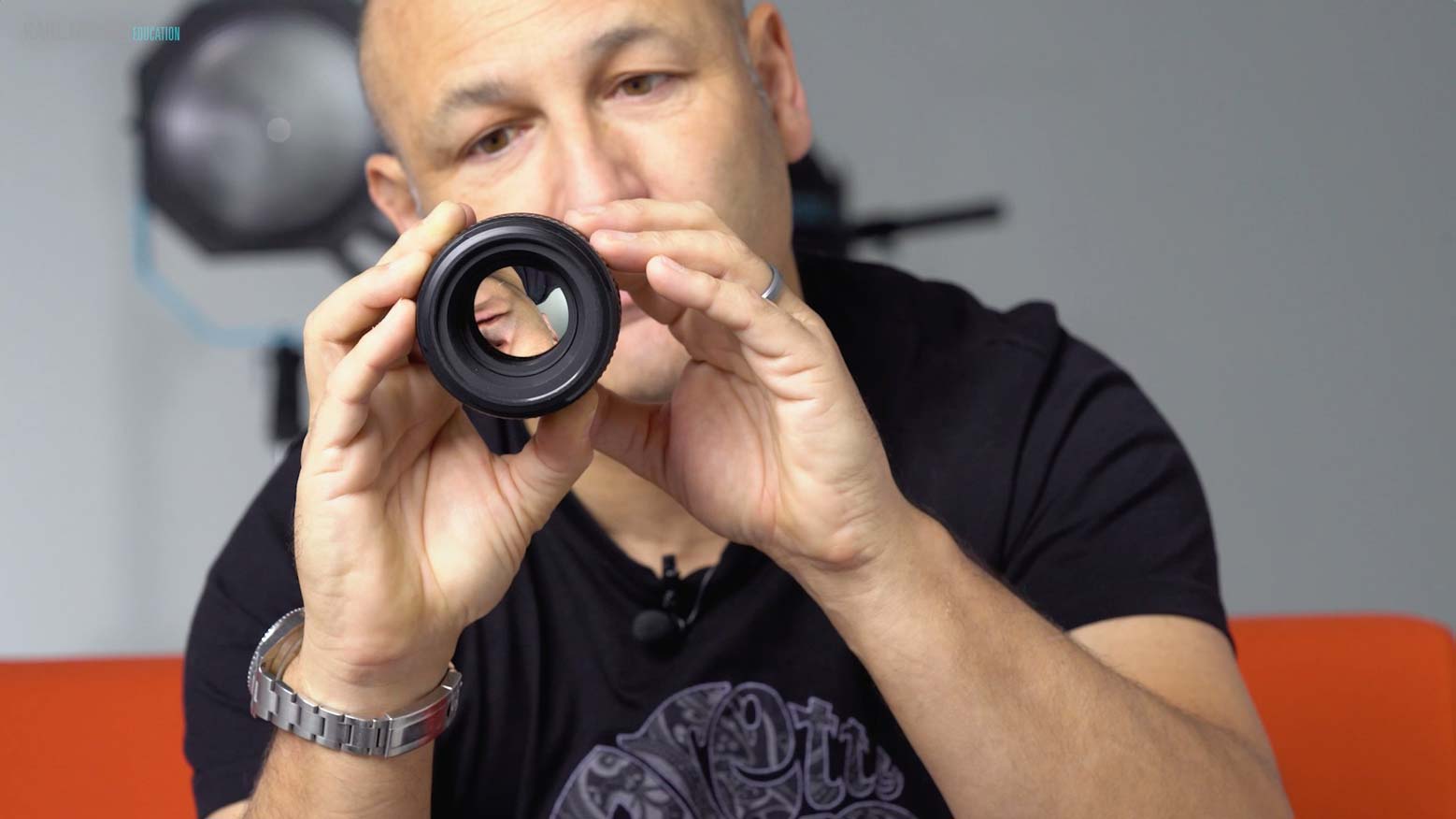
Aperture refers to the size of the opening in the lens that light passes through before hitting the sensor (or movie). It is measured in f-stops and is shown on your camera by the symbol 'f' (for example f1.ii, f5.6 or f22). The lower the number, the larger the discontinuity (you tin can run across this in the image below) and the more low-cal that can be recorded. Past controlling the aperture, we can control not only the amount of low-cal recorded in an prototype, but also the depth of field in an image (the sharpness range either side of the point of focus). Larger apertures, such as f2.eight, allow the most light through the lens and result in a shallower depth of field, whereas smaller apertures like f22 allow less lite through but take a greater depth of field. This may seem disruptive at start, but information technology's an important concept to empathise as this tin can accept a dandy affect on your paradigm.
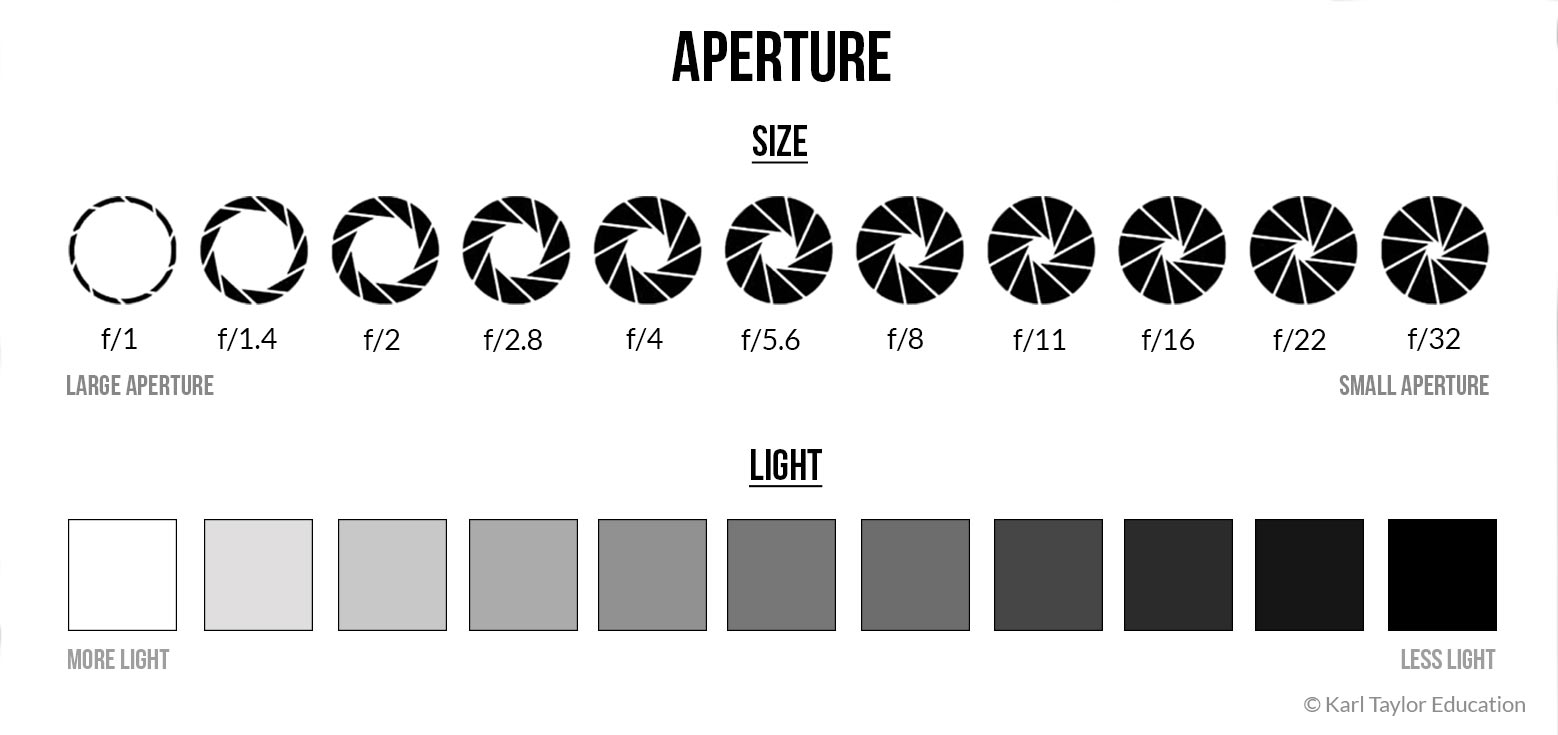
Shutter speed
Controls how long it takes to record an paradigm.
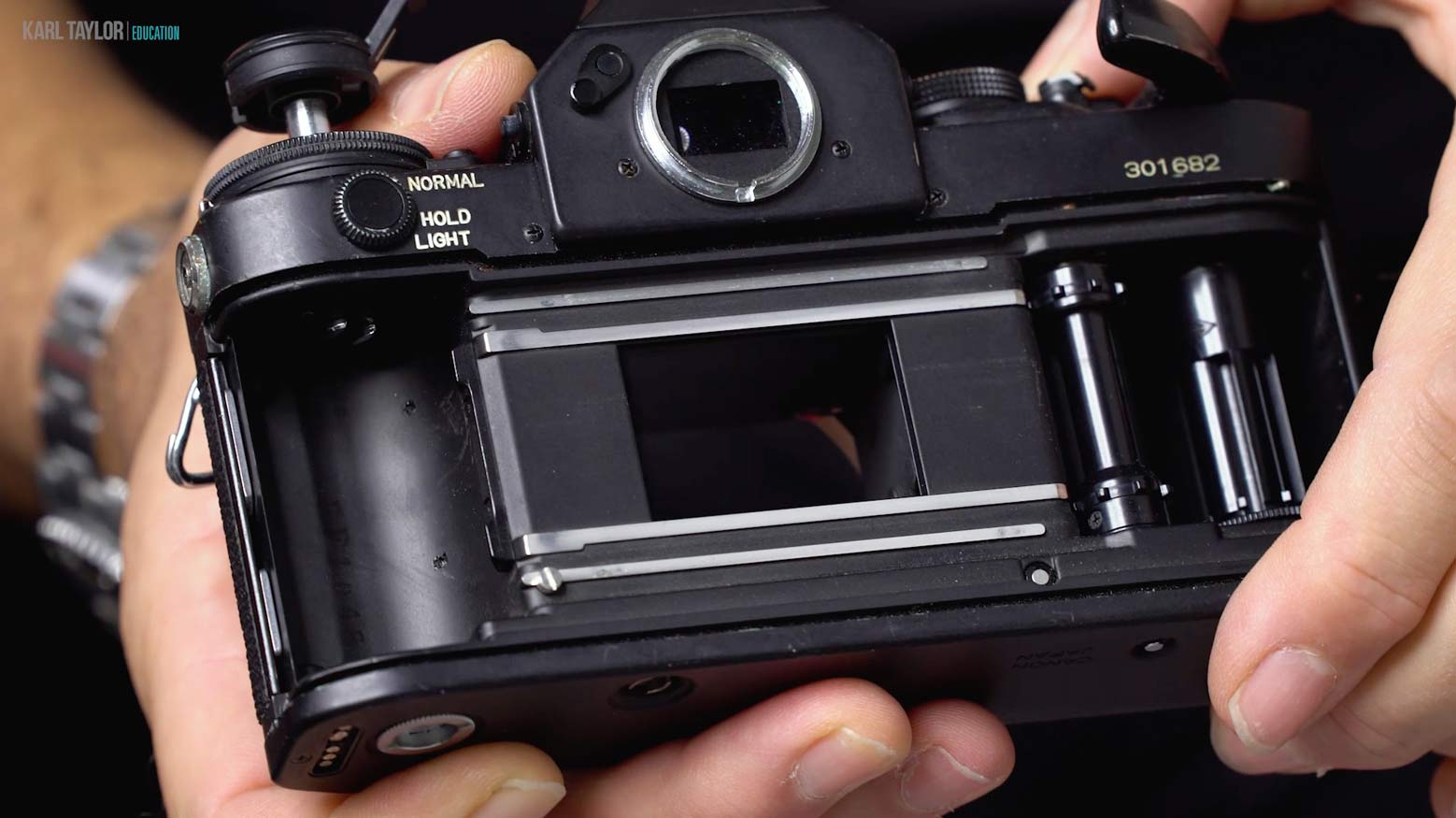
Time is an important role of recording images and is controlled by adjusting the shutter speed. The shutter speed refers to the duration that the shutter remains open up to tape an image. This is recorded in tenths or hundredths of a 2d (for example 1/ten, 1/250 or one/1000) or seconds (for example ane", 10" or 30"). The slower the shutter speed, the longer the shutter stays open and the more lite is captured. Faster shutter speeds freeze movement, while slower shutter speeds allow for motion blur.
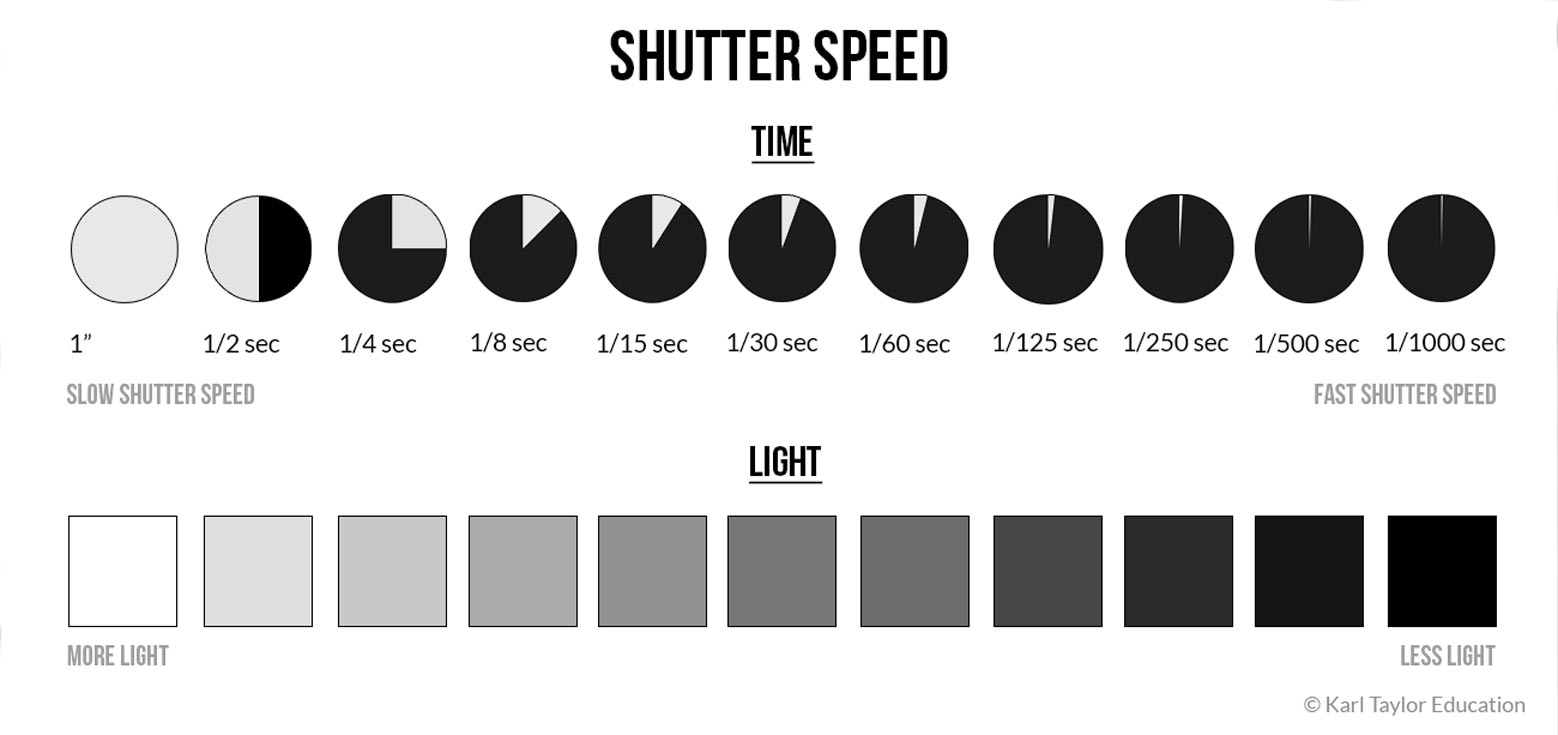
Medium
What we tape the captured paradigm on to.
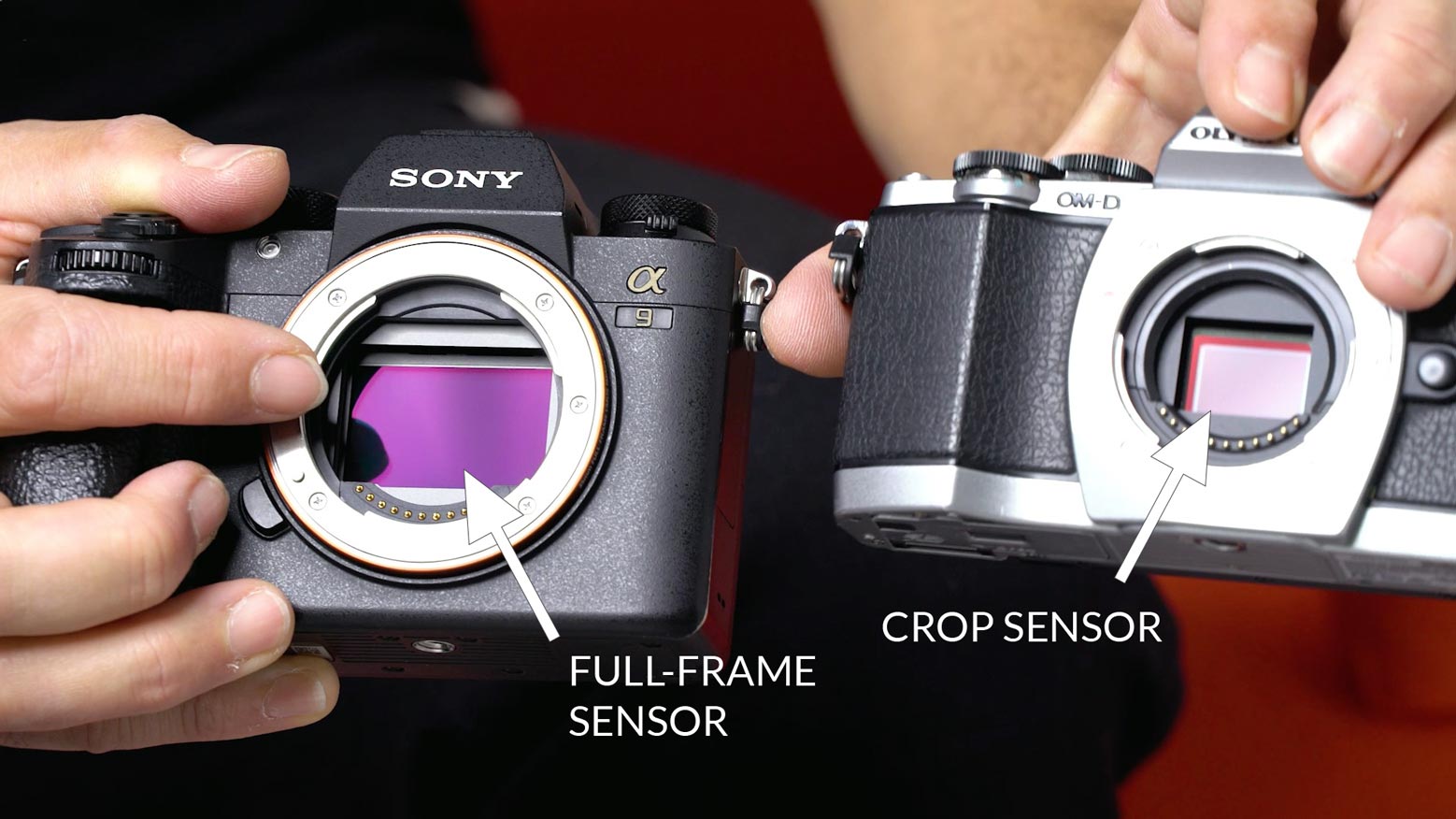
Photographic images are created by light passing through the lens and reaching the recording medium, which is what records the prototype. Traditionally, this was film, but nowadays images are recorded onto sensors. Modern cameras utilise mainly digital sensors — either CCD (charge-coupled device) or CMOS (complementary metal-oxide-semiconductor). There are a few unlike sensor sizes, but the iii almost common ones are full-frame, crop (or APS-C) and medium format (these unlike sizes are all covered in more detail in the video above).
Regardless of what camera you're using, how each of these six essentials work is very similar and you lot'll soon run across that everything in photography relates to one, or a combination, of these six things, so a clear understanding is vital. We'll be looking at each of these in much greater item throughout the remainder of this class.
Before moving on to the next chapter, make sure to watch the video higher up as this contains vital information boosted to this page. At that place is also a useful PDF guide that contains some cracking supplementary data and infographics that you lot may want to print out and refer to when out shooting.
All content © Copyright Karl Taylor Instruction.
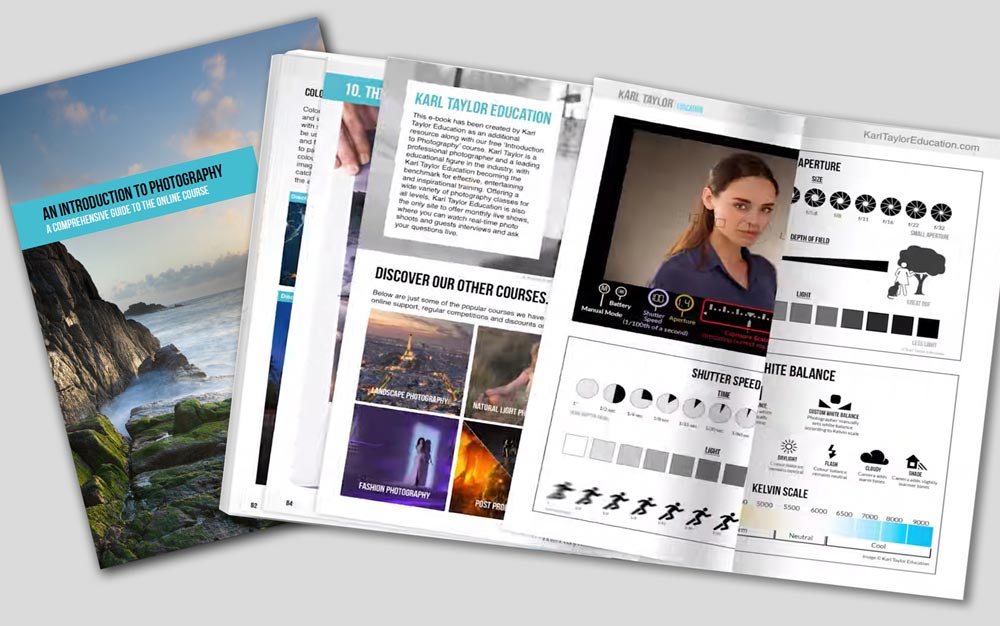
Go the due east-book!
Introduction To Photography
To get your re-create of this 90 folio due east-volume click the download push below.
Source: https://karltayloreducation.com/class/introduction-and-how-cameras-work/
Posted by: inglesthiblases.blogspot.com


0 Response to "What Cameras Work With Dripstone Nvr?"
Post a Comment